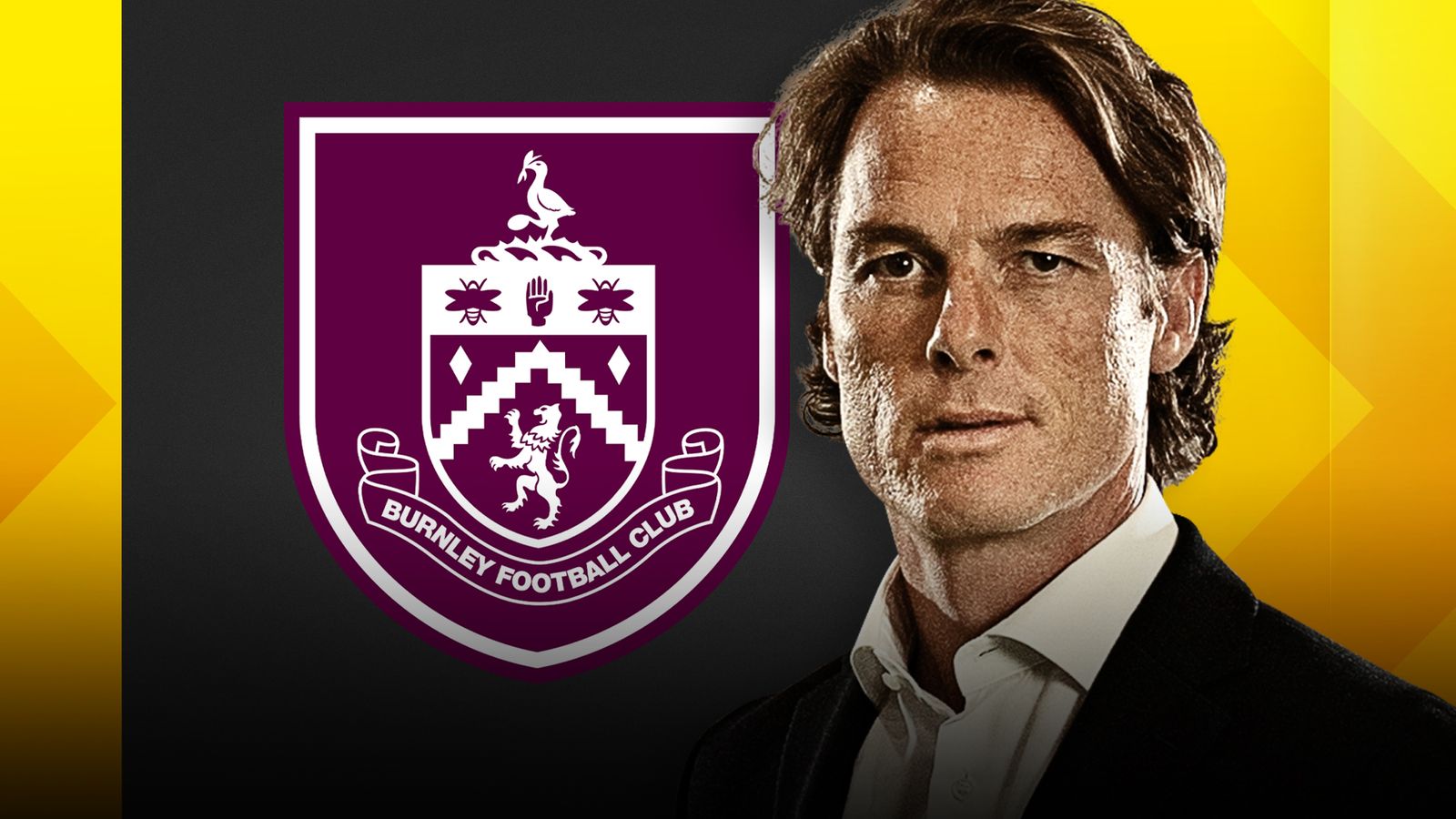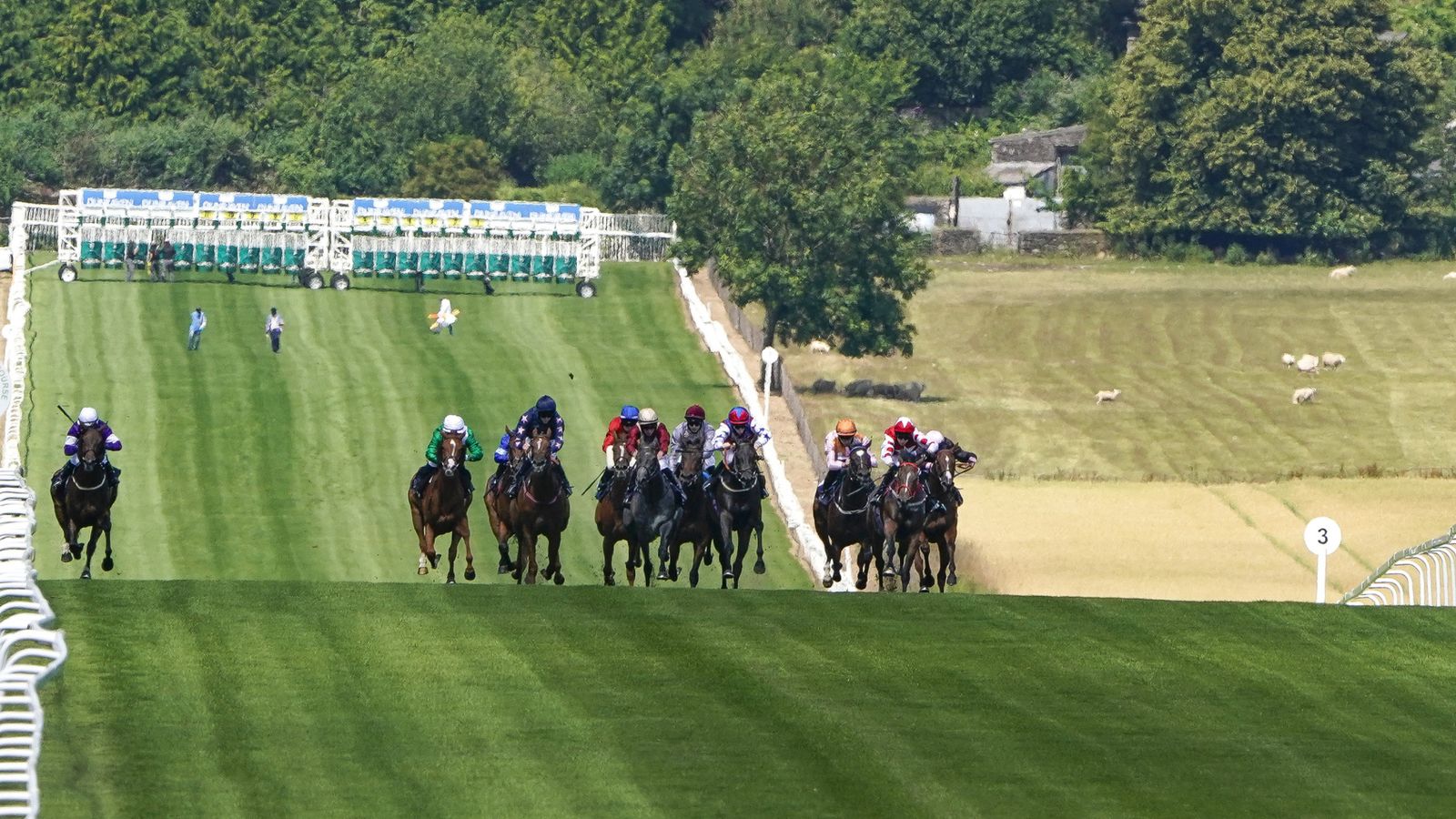Ahead of the introduction of a second mandatory pit stop at this weekend's Monaco Grand Prix, Sky Sports F1's strategy expert Bernie Collins answers the key questions around the rule change.
What is the rule and why has it been brought in?
The two-stop rule is basically saying they need to run three sets of tyres, which effectively means they need to do two pit stops. In a normal race, the rule is that we need to run two compounds, which is generally a medium and hard, but it can be more of a mix than that. So that rule still applies, there is no requirement to run all three compounds.
And that's all been brought in, in my view, in relation to what happened last year, where we had a red flag on lap one. Monaco is such that you can pace manage the stint by driving slowly and make any tyre basically last the entire race, because the overtaking threshold in Monaco is something like two and a half seconds that you need to be quicker overtake.
- Monaco GP: Schedule and how to watch on Sky
- F1 2025 schedule | F1 championship standings
- Got Sky? Watch F1 races LIVE on your phone!
- Not got Sky? Get Sky Sports or stream with no contract on NOW
So, if you just drive that far off the pace, you can make the tyre last the whole race. So last year we had a Monaco where everyone stopped under the red flag, so there were very few pit stops. And then basically, the majority of the field ran the whole race without any other interaction. So, this is just to prevent that from happening again.
Please use Chrome browser for a more accessible video player
I don't know if the future of the race was at risk. I think it raised a lot of questions around the red flags. Last year was exceptional. But the future of Monaco comes up every year in terms of what we're doing to make it a better show.
The challenge of Monaco, in my mind, is qualifying, not the racing. It's a very historic track. I think there's things that we could do from a car side to make it more interesting, if we had smaller, lighter cars, that would help in one direction.
It's one that there's a lot of discussions every year about how to improve the race, so at least we're trying something different.
Will teams change their approach to practice and qualifying?
The interesting thing, to my mind, is that Pirelli have brought a one-step softer compound this year, the same as we had in Imola. Now, we've seen in Imola how hard the C6, the softest compound, was to get right.
The standard allocation in Monaco going into qualifying, at which point teams have seven sets of tyres, would be to just have one medium, one hard and all soft. That would be the standard allocation that you'd have because you want as many soft as possible for qualifying.
Please use Chrome browser for a more accessible video player
With the two-stop, you'd be trying to stop under safety cars if you can. So, if your three race tyres are the soft, medium and hard, is that soft going to be ok for any number of laps?
I think in Monaco it probably will be, but people may have to at least have the discussion if they need an extra medium in their race allocation - more than what they would have had in the past, so I think that is going to be an effective change.
Are teams at least going to have to discuss if they need more for the race? I think the answer will ultimately be no, but it's at least going to be a discussion point.
In terms of what they need to learn, on Friday we don't worry too much about our long runs in Monaco. I think that's still going to be the case. It's still going to be about getting your qualifying position correctly.
Will the pit stop phases bring more excitement to the race?
If we have a race without any safety cars, as was the case at Monaco in 2021 and 2023, that will make both pit stop phases more interesting.
It's not impossible, because people know in order to do well in Monaco, you need to finish. So people actually are quite tidy in the race. And it's also not one that you can really make really aggressive overtaking moves and hope it sticks, and therefore you end up with issues.
Monaco tends to be more of an overcut race. But that is historically based on the fact that someone behind you is managing their pace and going slower than you. That's what makes it an overcut, people box into traffic.
Please use Chrome browser for a more accessible video player
Whereas if the traffic isn't the same because cars are all pushing more, it may become an undercut race. Normally what creates the traffic is someone doing a very long first stint or someone extending or someone driving very slowly to create a pit window. But if that traffic isn't there, then an undercut will work at Monaco. It's just that historically the traffic has prevented that from happening.
People are going to have to react a lot to what others are doing. We plan our race a lot, looking at historical races, what has worked, what hasn't worked, why it's worked, why it hasn't worked. And we don't have that now. We've got a clean sheet.
Often on paper, if you were the only car on track, a two-stop is quicker at Monaco. But you never do it because of the traffic. The ultimate race time should be quicker with a two-stop.
Will the front-runners push harder and could team-mates be crucial?
The reason for keeping the pack tight is you can extend until you get a safety car and then do a pit stop. That's one of the reasons traditionally for doing it.
Often what we've seen happen here and in Singapore is they manage their tyres for about 10 laps, keep the pack really tight, then push for about 10 laps until they start to open a window, and start to force people into doing things.
What whoever comes out in front is trying to do, is make sure there's a two-second gap so the undercut isn't possible for the car directly behind, that they've got a lap to react basically. So, if they feel they have the pace to do that, they will push around the point that they're getting to their pit stop window.
Please use Chrome browser for a more accessible video player
Teams may use one car to open a gap for the other, especially if someone qualifies out of position. I think we're more likely to see it further back, in the midfield, where one car doesn't have much hope of finishing in the points and can help out his team-mate.
You often find team-mates will try to open the gap. It's obviously hard, it'll be a bit more intricate with getting two pit-stop windows in. They may be fit to help at the first pit stop, but then not able to help at the second pit stop, because you'll have hurt your race by doing it at one or the other stop.
The team-mate is always a risk in Monaco. We've seen last week, Oscar Piastri boxing and ending up behind Yuki Tsunoda. You absolutely have to avoid doing that at Monaco, because the undercut totally won't work out.
Which teams will the two-stop rule favour?
Teams that have been consistently quick in pit stops will feel they have an advantage. It's Ferrari who lead the way in the DHL Fastest Pit Stop Award standings so far this season.
Equally the teams at the beginning and the end of the pit lane in Monaco have an advantage. It's easier to get in and it's easier to get out because there are pit stops going on. Probably the team at the end, Sauber, is the one that has the most advantage.
Unless it is a safety car, if you're a Red Bull or McLaren, you come in first, you just stop in your box. And then if the pit lane is full of traffic, it's often very hard to get out.
Please use Chrome browser for a more accessible video player
Whereas the Sauber at the end should have a clear run down the pit lane and then it's easier to blend a bit at the end as well. But the people who have been strong in pit stops will feel they have an advantage.
In terms of tyre degradation or tyre life, I think so much management is possible at Monaco that I don't really feel as though the long on pace is going to become more prevalent. I think it's going to be the people that feel they have an advantage are the people that can get the qualifying put together.
But we don't know. We could end up with a Monaco where you're pushing flat out for all the laps. I can't imagine it.
If that happens, if people are pushing flat out for all the laps, I imagine you end up seeing more safety cars. You won't get the race where there's no safety cars. People will make mistakes. There'll be a lapse in concentration.
Could someone gamble on two very early stops?
I think if it's not under a safety car, then it would be a risk. We've seen Esteban Ocon do it at Imola, box on lap one, and try to run two sets from there. I think to stop twice that early on, you probably wouldn't do if it wasn't under safety car conditions. You might do it once, but you probably wouldn't do two.
If there is an early safety car, anyone in the bottom five to ten, it might be worth cycling through a tyre.
Let's say you start the race on a medium, for example. If it was me and there was a full safety car on lap one and I was 15th, I'd start the race on that medium, pit lap one for the soft, pit lap two for the hard, and run that hard to the end.
I would try it if it was me because a full safety car allows the pack to close back up. The difference in that being if you don't have a safety car, you're two pit stops behind. So very quickly you'd be into being lapped to do that at the back. And once you've been lapped, it's very hard to make up the ground again.
Please use Chrome browser for a more accessible video player
Could multiple red flags ruin the plan?
If we get two red flags, we still won't have any pit stops. Unless people have stopped before the red flag.
Because the rules don't say you need to have two pit stops. The rules just say you need to run three sets of tyres.
So, if we got a situation like last year, you had a red flag on lap one, that would be two of your sets.
You'd only have to do one more pit stop after that. And if you get another red flag at some other point, then you don't have to do any more pit stops. So, it could still prevent you doing any pit stops.
Could the pit lane be dangerous under a safety car?
I understand concerns that have been expressed by the likes of Ferrari team principal Fred Vasseur, but pretty much every year there's a safety car at Monaco, and everyone stops.
So, it's going to be the same as every year there's a safety car in Monaco. I don't think it's going to be any better or worse. Every year we get a safety car in Monaco, the pit lane is absolute chaos.
To the point where sometimes under a safety car in Monaco, it is better to stop on lap two. Because on lap two, you don't save as much time under a safety car, but the pit lane is quieter.
So there have been times where we have waited to lap two to pit because the pit lane is so busy. But I don't think it's going to make it worse than normal.
Please use Chrome browser for a more accessible video player
Could we see the rule introduced at other races?
I think Singapore is an obvious one, or Japan, that we just had, was a bit stagnant.
But I think the better marker for me would be how successful Imola was with softer tyre compounds. That led to much more uncertainty. If we had softer compounds in Japan, we would have a much better race.
So I think going in the direction of the softer compounds might be a better route, but let's see. We won't know until the end of Monaco. Maybe we'll have a really interesting race and lots of deviation in strategy and lots of people doing different things.
And maybe the softer compounds are going to mix Monaco up anyway. I would have really liked seeing it just with the softer compounds.
But at Imola, we had a very interesting race without enforcing additional stops because we had different tyres. The retirements caused by reliability issues also helped, but the tyres definitely had an impact.
Next up in F1's European triple-header is the 'Jewel in the Crown', the Monaco Grand Prix this weekend, with coverage starting on Friday live on Sky Sports F1. Stream Sky Sports with NOW - no contract, cancel anytime

 7 hours ago
1
7 hours ago
1





























 English (US) ·
English (US) ·